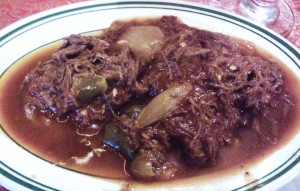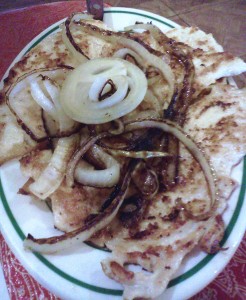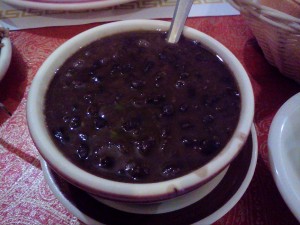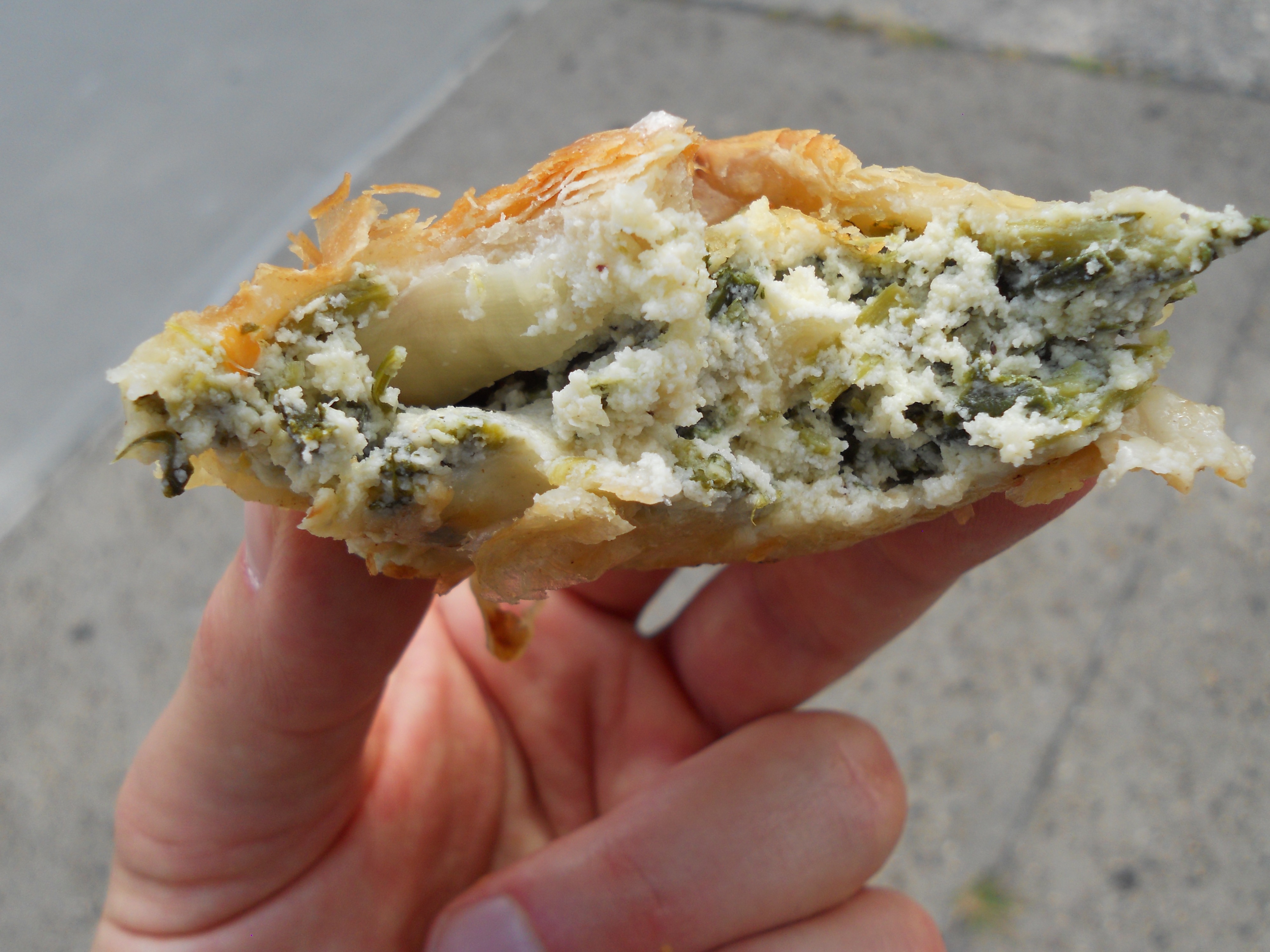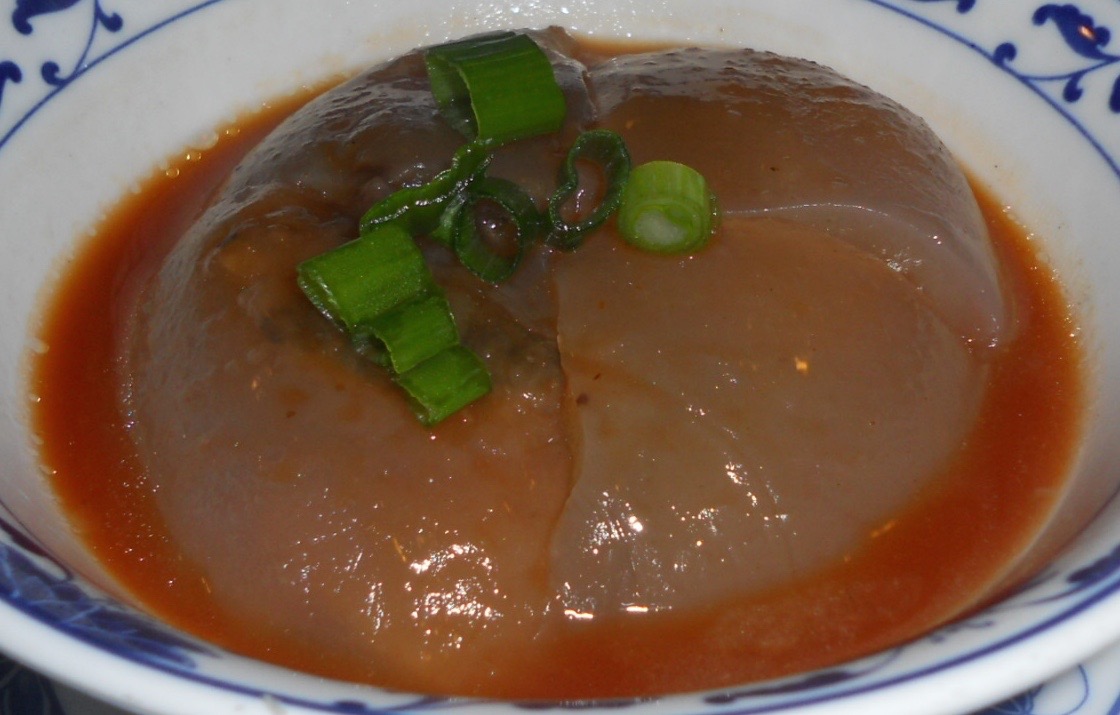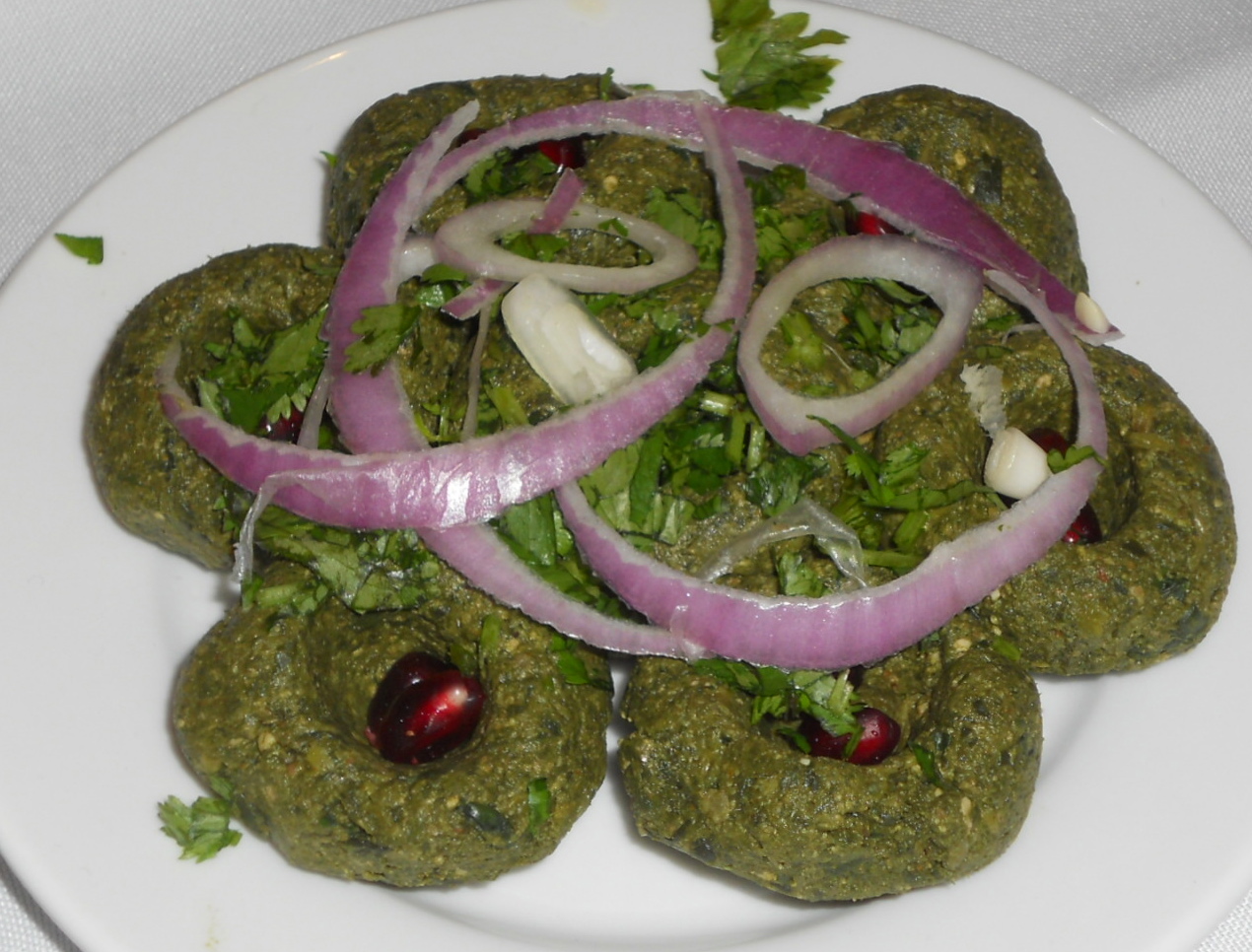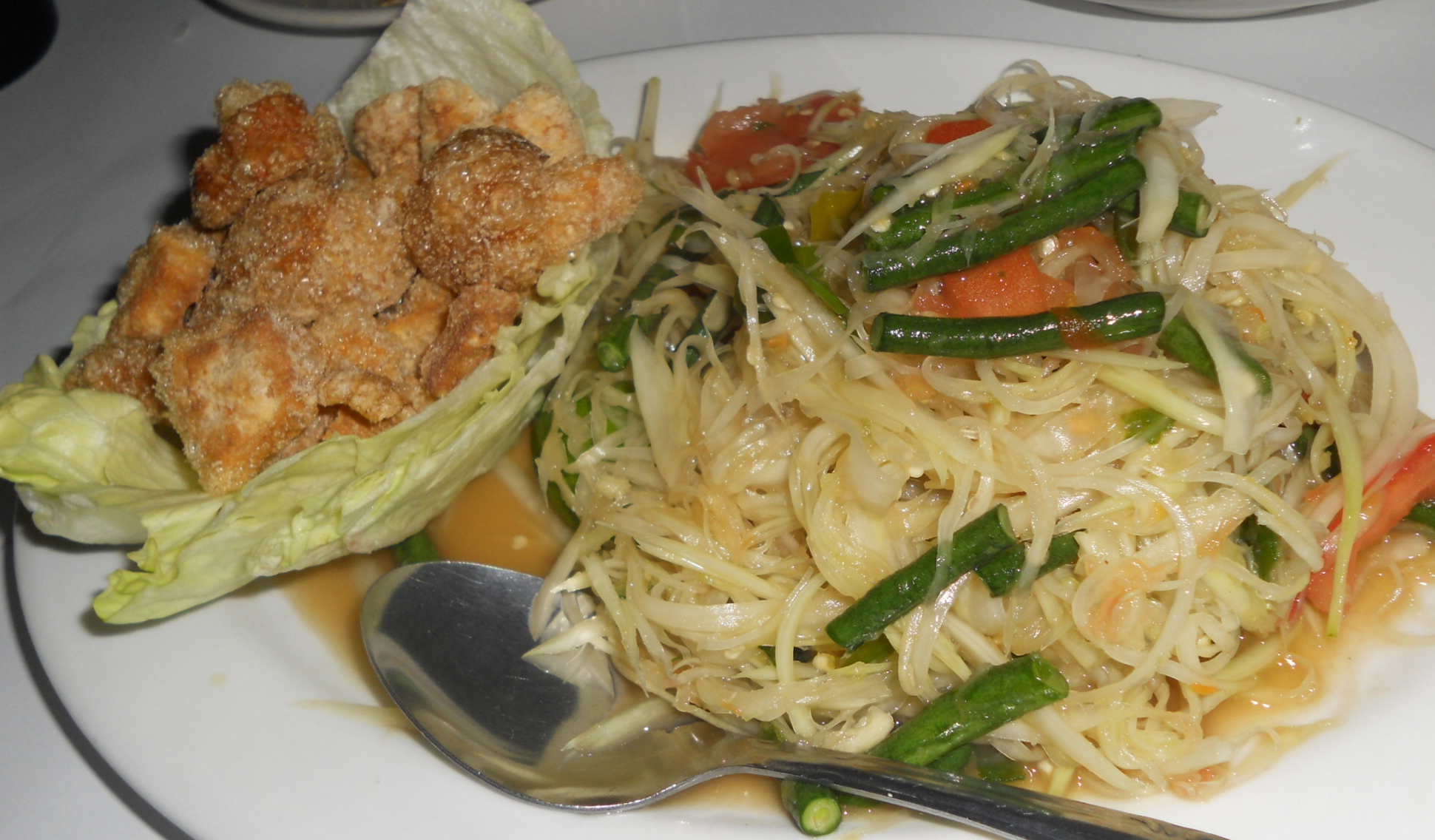On a ferry from Trinidad to Venezuela a few years ago, I met a twentysomething Venezuelan soccer coach who had just returned from a yearlong stint in Cuba. As soon as we started talking about Cuba, I (of course) mentioned how much I love Cuban food, especially ropa vieja (“old clothes”, beef simmered with onions, peppers, tomatoes, and garlic until the beef turns into a soft, stringy-looking pile of delicious mush).
Unfortunately, my new Venezuelan friend just laughed at me, but not because there was beef juice dripping down my chin. He said that nobody actually eats ropa vieja anymore in Cuba. Apparently, it’s illegal to slaughter or eat a cow in Cuba without government permission, and most Cubans barely ever see a cut of beef anymore.
I’m not kidding: unapproved beef “trafficking” is considered a serious crime in Cuba. If you slaughter a cow in Cuba, you can expect to spend 4 to 10 years in prison—even if you’re the farmer who raised the cow. (The penalty for killing a human is barely more severe: 7 to 15 years, depending on the circumstances.) You’ll face a two-year sentence just for eating a piece of illicitly slaughtered beef. Cuban police have been known to raid homes when they smell roasting meat… and I wish that I was just kidding about that.
So why are beef-related crimes such a big deal in Cuba? Thanks to inefficient management of agricultural resources, Cuba’s once-legendary cattle stock has dwindled from more than 6 million cows in the 1950s to fewer than 2 million today. The government obsessively controls the relatively small amount of meat that is still produced by the island nation: the vast majority of the nation’s beef (and much of its chicken and other meat) is reserved for visitors to the island’s upscale tourist resorts, which means that very little meat is allocated to Cuban citizens. And if a Cuban craves a quarter pounder and decides to break the law by taking a bite out of Bessie… bam, 10 years in the clink.
So as I attacked a plate of ropa vieja (the aforementioned beef dish, simmered with onions, peppers, tomatoes, and garlic until the beef disintegrates into a soft, stringy-looking mess) at Elmhurst’s Rincon Criollo, it was hard for me not to think about the fact that ropa vieja (arguably one of Cuba’s national dishes, along with arroz con pollo) is no longer on the menu for most Cubans. It was also hard for me not to think about the story of Rincon Criollo’s owners: the five Acosta brothers were orphaned when their parents died in 1942, and they managed to survive by selling fruit on the streets of Santiago. By 1949, the five young orphans had somehow saved enough to purchase a small restaurant. They were wildly successful, and spent the next decade building their business into a legendary restaurant—their first Rincon Criollo—that seated more than 2000 guests. Unfortunately, it all came crashing down when the government seized their business following the communist revolution in 1962.
In a classic rags-to-riches-to-rags-to-(relative)-riches tale (click here for the full story), the brothers eventually made their way to Queens, and opened their current version of Rincon Criollo on Junction Boulevard in 1976. The brothers have been in the same location in Corona for 35 years, and they still use many of the same recipes that made them famous in Cuba in the 1950s.
Unsurprisingly, the food at Rincon Criollo is amazing: we feasted on thinly-pounded chicken grilled with onions, garlicky Cuban-style black beans, fried green plantains, an avocado salad and the best ropa vieja with moros y cristianos (rice cooked with beans) I’d ever eaten. All of our dishes fell into the category of well-executed basics… but all were amazing. We loitered for three hours over lunch, trying unsuccessfully to polish off the last bits of our meals, unhurried by the friendly Cuban servers.
Rincon Criollo’s ropa vieja probably wasn’t quite amazing enough to risk spending ten years in a Cuban prison, but it was damned good, and made me feel lucky to live in a place where I can buy some tasty beef (or chicken or pork or Cuban coffee) from my new Cuban friends whenever I want to. You might see veins pop out of my neck whenever you get me talking about the state of the U.S. economy and government… but then again, things could always be much, much worse, right?
Rincon Criollo
40-09 Junction Blvd., Queens
Subway: Junction Blvd. (7 train)


